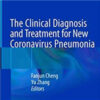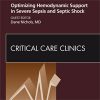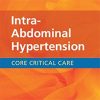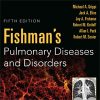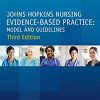Acute Respiratory Failure in COVID-19: Typical ARDS?
ccforum.biomedcentral.comCOVID-19 is highly infectious and can lead to fatal comorbidities especially ARDS. There are currently no recommended specific anti-COVID-19 treatments, so supportive treatment is important.
Fully understanding the characteristics of COVID-19-related ARDS is conducive to early identification and precise treatment.
We aimed to describe the characteristics of COVID-19-related ARDS and to elucidate the differences from ARDS caused by other factors. COVID-19 mainly affected the respiratory system with minor damage to other organs. Injury to the alveolar epithelial cells was the main cause of COVID-19-related ARDS, and endothelial cells were less damaged with therefore less exudation.
The clinical manifestations were relatively mild in some COVID-19 patients, which was inconsistent with the severity of laboratory and imaging findings.
The onset time of COVID-19-related ARDS was 8–12 days, which was inconsistent with ARDS Berlin criteria, which defined a 1-week onset limit.
Some of these patients might have a relatively normal lung compliance.
The severity was redefined into three stages according to its specificity: mild, mild-moderate, and moderate-severe.
HFNO can be safe in COVID-19-related ARDS patients, even in some moderate-severe patients. The more likely cause of death is severe respiratory failure. Thus, the timing of invasive mechanical ventilation is very important.


